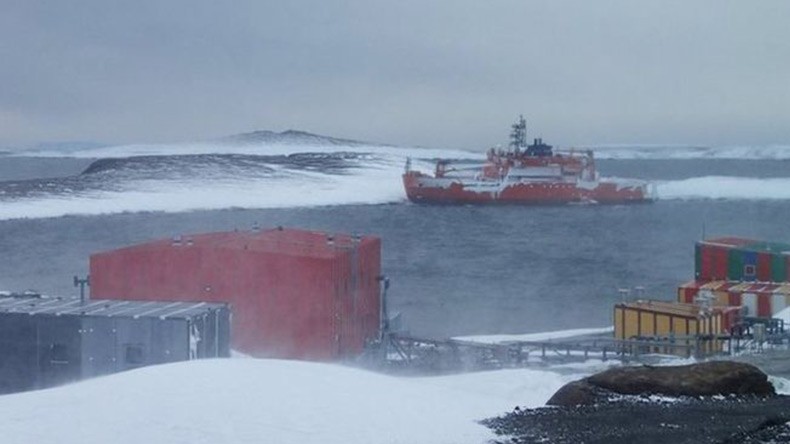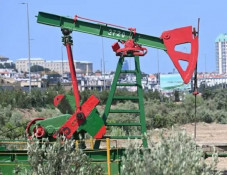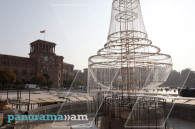
BBC: Antarctica icebreaker’s 37 passengers rescued
Thirty-seven people stranded on Australia's flagship icebreaker, which ran aground in Antarctica, have been rescued, BBC reports.
The Aurora Australis had broken free of its mooring lines following a severe blizzard. The Australian Antarctic Division (AAD) said a barge ferried the expedition members to the Mawson research station after weather conditions improved. Thirty-one crew members remain onboard to refloat the vessel, according to the report.
The AAD said the refloating process, where the crew will attempt to move the ship off the rocks, would take several hours, and that afterwards the ship would be taken to a nearby sheltered area for inspections. The vessel incurred a small breach in the hull when it ran aground, which the AAD said poses no risk to the ship's stability or to the environment. It added there was no fuel spilled so far, BBC writes.
The Aurora Australis left Hobart in Tasmania on 11 January and carried out marine science research around the Kerguelen Plateau, a submerged continent that extends for 2,200km, before arriving at Mawson on February 21. It broke free of mooring lines at 09:15 local time (04:15 GMT) on February 24, amid winds of more than 130kph, and ran aground at West Arm in Horseshoe Harbour. It was also scheduled to pick up another group of expedition members from Davis research station, the BBC article reads.
The AAD said on February 26 that this group would now be flown to Casey research station, and then flown home in coming days.
The Aurora Australis, which is 95m long and weighs 3,911 tonnes, was launched in 1989 and is capable of breaking ice that is up to 1.2m thick. The ship is designed to cope with heavy seas and contains laboratories that are used for biological, oceanographical and meteorological research. It also has a gym, library and recreation areas, the BBC notes.
Newsfeed
Videos






























